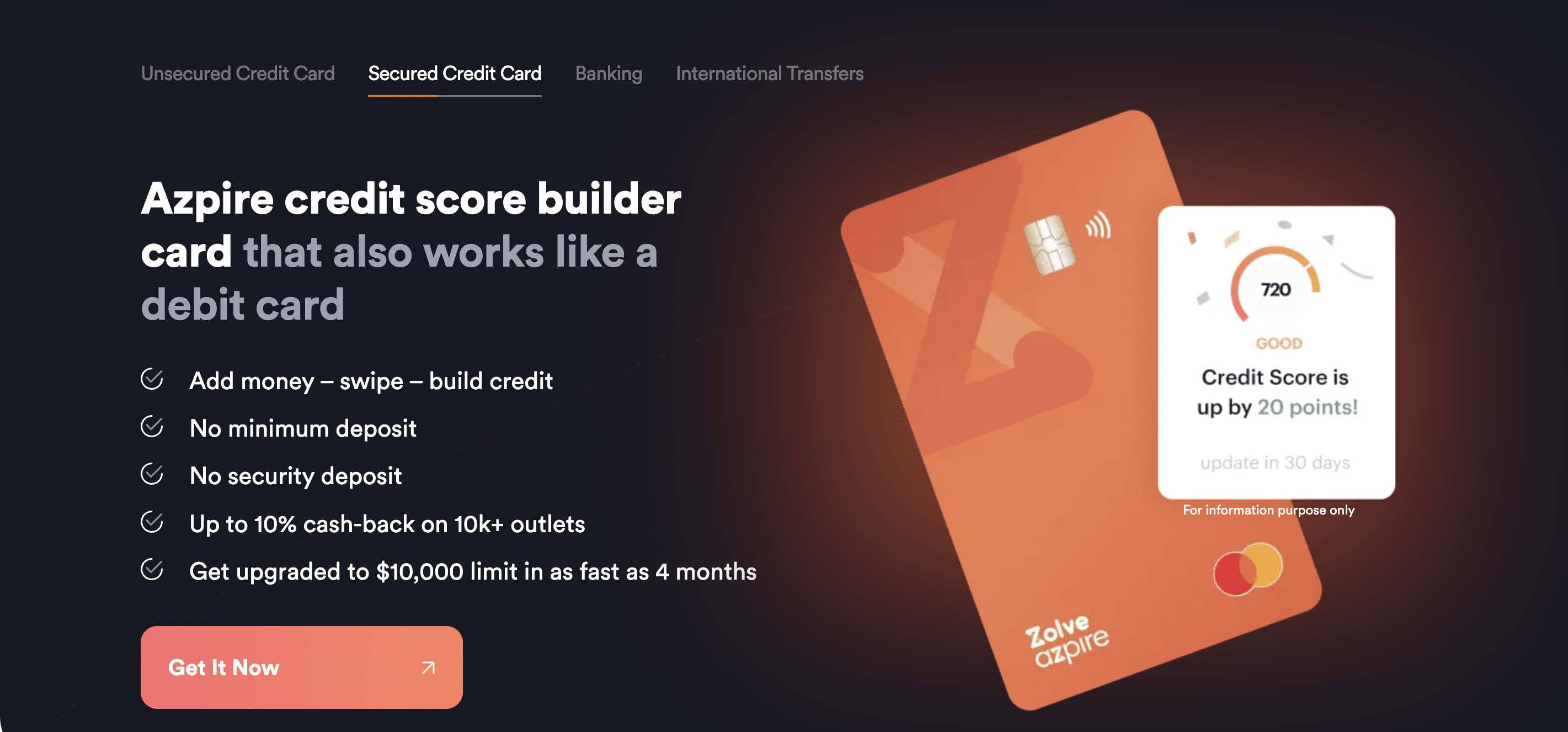
If you don’t have the luxury of putting X amount of money into a campaign and get traffic to your website without hurting your margins then you understand the long-term impact of a good SEO and PR strategy. So over the next 5minutes of a careful read, you will understand the ins and outs of […]














